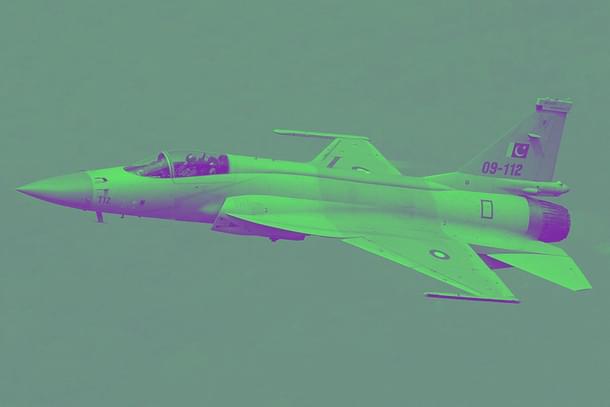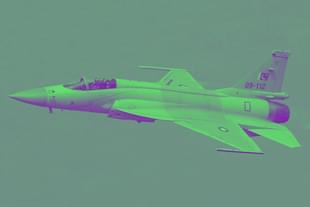News Brief
India Neutralised Six PAF Fighter Jets, Two Surveillance Aircraft, C-130, 30+ Missiles And Chinese Wing Loong Drones During Operation Sindoor
Kuldeep Negi
Jun 04, 2025, 08:20 AM | Updated 08:20 AM IST
Save & read from anywhere!
Bookmark stories for easy access on any device or the Swarajya app.


Delivering a decisive blow to Pakistan's aerial fleet, the Indian Air Force neutralised six fighter jets, two key surveillance aircraft, a C-130 transport plane, over 30 missiles, and multiple drones in the four-day Operation Sindoor last month.
As per technical assessments of operational data, six Pakistan Air Force fighter jets were shot down in aerial combat, India Today reported, citing sources.
One high-value Pakistani platform — suspected to be either an electronic warfare or an Airborne Early Warning or Control Aircraft — was taken out at nearly 300 km range using the S-400 Sudarshan missile system.
A second surveillance aircraft of Swedish origin, was reportedly destroyed via an air-to-surface cruise missile strike on the Bholari airbase.
Although intelligence inputs indicated that fighter jets were stationed in hangars during the strike, those losses remain uncounted due to debris clearance delays on the Pakistani side, according to the sources cited in the India Today report.
IAF's radar and missile defence systems captured visual confirmation of Pakistani jets disappearing from radar after taking hits.
Additionally, an Indian drone strike in Pakistan's Punjab region destroyed a C-130 transport aircraft of the Pakistan Air Force.
The Indian strikes were reportedly executed mainly through air-launched cruise missiles, with surface-launched BrahMos missile systems kept out of this operation.
A joint Rafale–Su-30 coordinated strikes targeting a PAF hangar led to the destruction of a significant number of Chinese-made Wing Loong drones — medium-altitude, long-endurance UAVs, according to the sources cited in the report.
Over 10 unmanned combat aerial vehicles were intercepted and destroyed by Indian air defence systems during the conflict, according to sources.
The IAF successfully intercepted numerous air- and ground-launched cruise and ballistic missiles that Pakistan fired at Indian airbases during the conflict.
The Indian Air Force is still analysing the vast quantity of data collected during the operations.
The conflict started on the night of 6-7 May after India launched retaliatory strikes under the operation Sindoor in response to the dastardly 22 April Pahalgam terror attack in which 26 innocent people, mostly tourists, were killed by Pakistan-backed terrorists.
India target terror infrastructure located in Pakistan and Pakistan-Occupied Jammu and Kashmir (PoJK).
The four-day confrontation ended on 10 May, after Pakistan requested a ceasefire following heavy losses sustained in the Indian air campaign between 7 and 10 May.
Kuldeep is Senior Editor (Newsroom) at Swarajya. He tweets at @kaydnegi.





